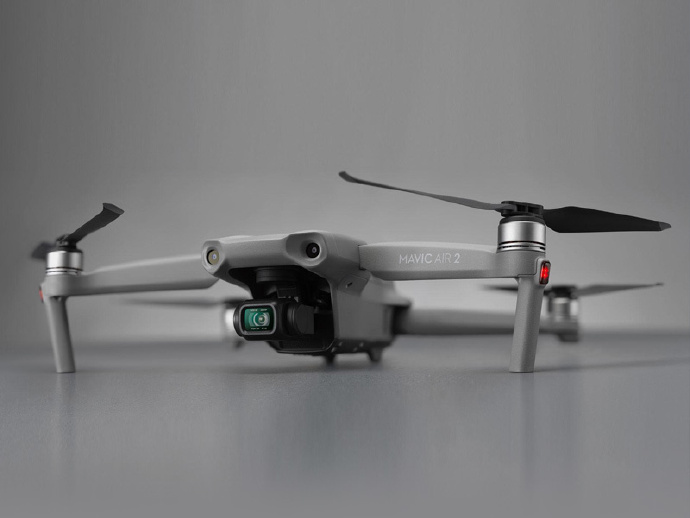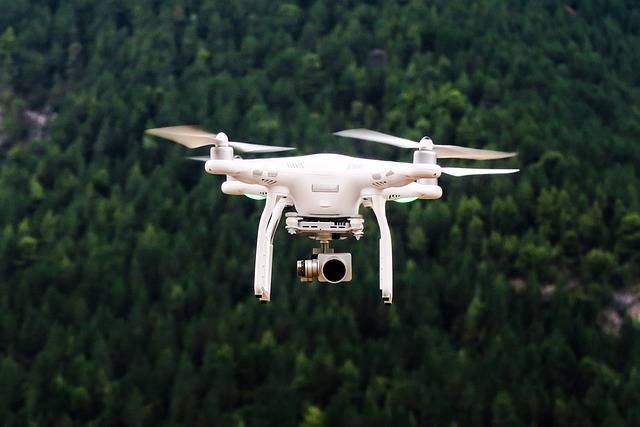Advantages of Using a Drone with Infrared Camera
One of the significant advantages that drones with infrared cameras offer is their ability to operate in low-light conditions. This feature is especially useful for surveillance applications where monitoring during nighttime is crucial. The infrared camera detects heat signatures, making it possible to spot abnormal activities or movements even in complete darkness. This capability vastly enhances security operations and enables rapid response to potential threats.

Moreover, these drones have found their niche in wildlife and conservation efforts. Infrared cameras help in tracking and conserving wildlife by allowing researchers to observe animals without disturbing their natural habitats. This technology is incredibly valuable in detecting poaching activities, monitoring endangered species, and conducting environmental impact studies.
The Role of Infrared Drones in Agriculture
Agriculture is another sector that benefits tremendously from drones equipped with infrared cameras. Farmers can use them to assess crop health, track watering patterns, and identify areas affected by disease or pests. By analyzing the temperature variations and heat patterns of crops, farmers gain insights that lead to more informed decisions affecting yield and farm productivity. This proactive approach is essential for sustainable agricultural practices and ultimately boosts efficiency and profitability.
Additionally, drones with infrared imaging enhance the precision of agricultural operations. By providing accurate data on soil conditions and moisture levels, farmers can optimize irrigation strategies and reduce water wastage. The technology also aids in evaluating the efficacy of fertilizers and other chemical applications, ensuring environmentally friendly farming methods.
Infrared imaging is a game-changer for farming, offering insights beyond the visible spectrum.
Innovative Applications in Infrastructure and Construction
The construction and infrastructure industries are increasingly integrating infrared-equipped drones into their projects. For asset management, these drones offer precise thermal inspections that identify weaknesses such as heat loss or water damage in buildings. Traditional inspection methods often require manual labor and substantial time investment, whereas drones provide a faster, safer, and more cost-effective solution.
Moreover, drones facilitate the monitoring of large-scale infrastructure projects. They deliver high-resolution images and thermal data that help in assessing the integrity and progress of construction work. With this capability, project managers can make timely interventions to mitigate risks and avoid costly delays.
Frequently Asked Questions
- How does an infrared camera
 on a drone work?
on a drone work?
Infrared cameras detect heat signatures and differences in temperature, allowing them to capture images based on thermal energy rather than visible light. - What are the limitations of using infrared drones?
While infrared drones provide valuable data in specific scenarios, their effectiveness can be limited by environmental factors such as extreme weather conditions or reflective surfaces that might distort thermal readings. - Are drones with infrared cameras expensive?
The cost varies widely based on the features, camera quality, and additional capabilities. However, their long-term benefits often outweigh the initial investment, especially in professional applications.